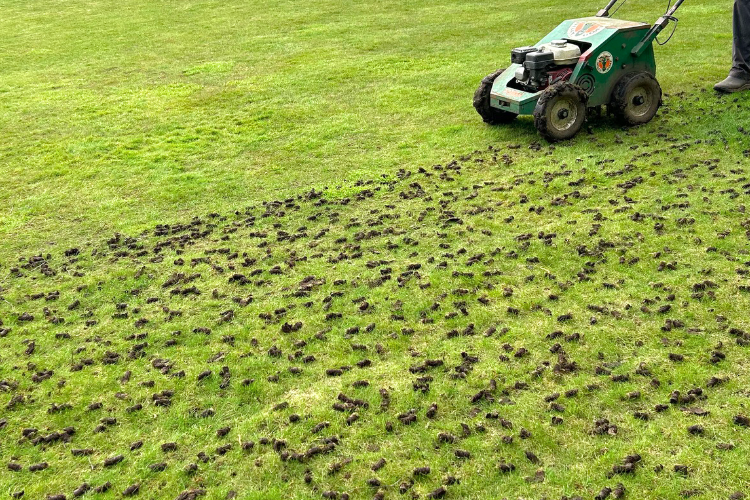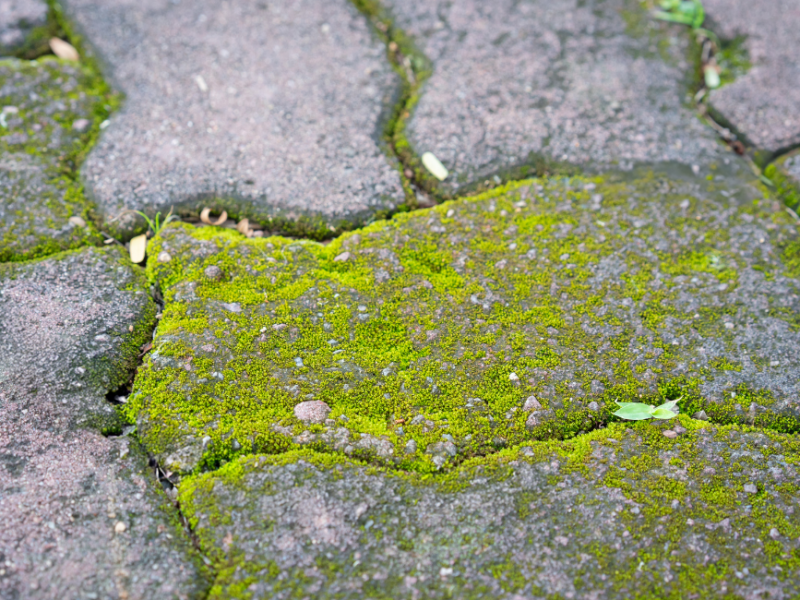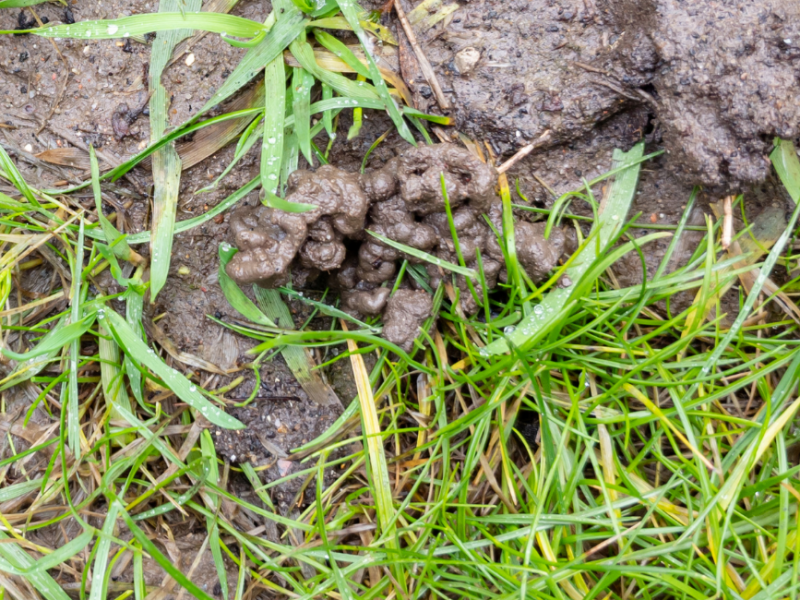A lush, green lawn is the pride of any homeowner, but achieving that perfect patch of grass requires more than just regular mowing and watering. One of the most crucial yet often overlooked aspects of lawn care is aeration. Lawn aeration is a simple process that involves punching small holes into the soil to allow air, water, and nutrients to reach the grassroots.
Here are the top 5 benefits of lawn aeration and why it’s an effective treatment year-round:
-
Improves soil compaction
Over time, soil can become compacted due to foot traffic, mowing, and natural settling. Compacted soil restricts the movement of air, water, and nutrients to the roots of your grass, making it difficult for your lawn to thrive.
Aeration relieves soil compaction by creating space in the soil, allowing roots to grow deeper and stronger. Looser soil encourages better root development, which in turn leads to a healthier, more resilient lawn.
-
Enhances water and nutrient absorption
When soil is compacted or covered with a thick layer of thatch (a build-up of dead grass and debris), water and nutrients have a hard time reaching the grassroots where they are most needed.
Aeration allows water, fertiliser, and other essential nutrients to reach the soil more effectively. This not only improves the efficiency of your watering and fertilising efforts but also helps the grass become more drought-resistant by promoting deeper root growth.
-
Reduces thatch build-up
Thatch is a layer of dead grass, roots, and debris that accumulates on top of the soil. While a thin layer of thatch can be beneficial, too much can create a barrier that prevents water, air, and nutrients from reaching the soil. Excessive thatch may also be removed with a moss and thatch control (scarification) treatment, more details of this can be found here: Moss And Thatch Control | Greensleeves (greensleeves-uk.com)
By perforating the soil, aeration helps break down excessive thatch and promotes its natural decomposition. This improves soil health and prevents diseases and pests that thrive in thick thatch layers.
-
Increases lawn resilience and reduces puddling
A lawn that absorbs water efficiently is less likely to suffer from surface water runoff, puddling, or erosion. Poor water drainage can drown grass roots and create bare patches, leading to a weak and worse-for-wear lawn.
Aeration improves water infiltration, reducing puddling and runoff issues. A well-aerated lawn is also better equipped to handle drought conditions, heavy rainfall, and other environmental stressors, making it more resilient overall.
-
Promotes a thicker, healthier lawn
Over time, lawns can thin out due to poor root growth, inadequate nutrient uptake, and other factors. A thin lawn is more susceptible to weeds, pests, and diseases.
Aeration encourages thicker grass growth by improving root development and allowing more oxygen, water, and nutrients to reach the roots. This results in a fuller, healthier lawn that is better able to compete against weeds and resist disease.





